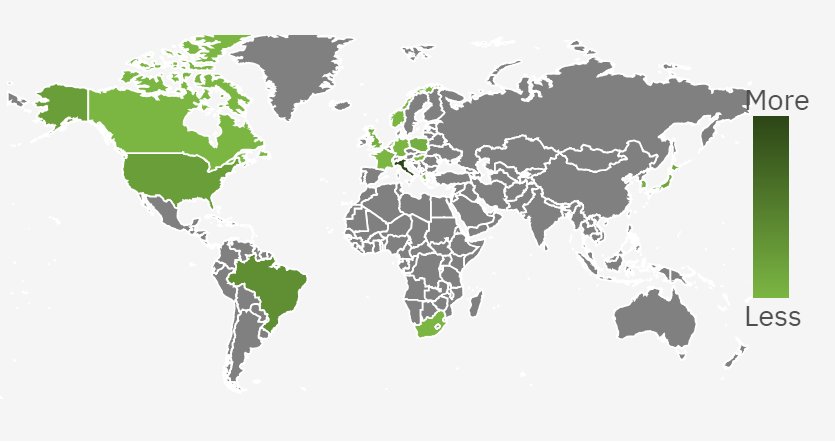 An open access journal
An open access journal
Revolutionizing Environmental Monitoring and Conservation
Abstract
This paper explores the revolutionary impact of AI-driven engineering in environmental monitoring and conservation efforts. Through case studies and research insights, it examines how artificial intelligence is transforming traditional approaches to environmental management, including pollution control, biodiversity monitoring, and natural resource conservation. The study highlights the application of AI techniques such as remote sensing, data analytics, and predictive modeling in improving the accuracy, efficiency, and cost-effectiveness of environmental monitoring and assessment. Additionally, it discusses the role of AI in enabling proactive and adaptive conservation strategies, such as habitat restoration and species protection. The paper also addresses challenges such as data quality, interoperability, and stakeholder engagement in the adoption of AI-driven engineering solutions for environmental sustainability. It emphasizes the need for interdisciplinary collaboration, policy support, and public participation to maximize the potential of AI in safeguarding ecosystems, mitigating climate change impacts, and promoting sustainable development.
Share and Cite
Article Metrics
References
- Estes, L., Elsen, P. R., Treuer, T., Ahmed, L. A., Caylor, K., Chang, J., ... & Tarnita, C. E. (2018). The spatial and temporal domains of modern ecology. Nature Ecology & Evolution, 2(5), 819-826.
- He, K., Hu, F., Liu, X., Gu, W., & Li, H. (2019). A review of remote sensing image fusion methods. Information Fusion, 57, 121-136.
- Khatami, R., Mountrakis, G., & Stehman, S. V. (2016). A meta-analysis of remote sensing research on supervised pixel-based land-cover image classification processes: General guidelines for practitioners and future research. Remote Sensing of Environment, 177, 89-100.
- Lu, D., & Weng, Q. (2007). A survey of image classification methods and techniques for improving classification performance. International Journal of Remote Sensing, 28(5), 823-870.
- Rocchini, D., Luque, S., Pettorelli, N., Bastin, L., Doktor, D., Faedi, N., ... & Nagendra, H. (2018). Measuring β-diversity by remote sensing: A challenge for biodiversity monitoring. Methods in Ecology and Evolution, 9(8), 1787-1798.
- Wulder, M. A., Coops, N. C., & Roy, D. P. (2019). Recent advances in forest observation with visual and synthetic aperture radar remote sensing. Remote Sensing of Environment, 231, 111223.
- Xie, Y., Wang, C., Wang, T., & Li, X. (2016). A review of recent advances in optical remote sensing of plant canopy nitrogen concentration. ISPRS Journal of Photogrammetry and Remote Sensing, 115, 1-14.

